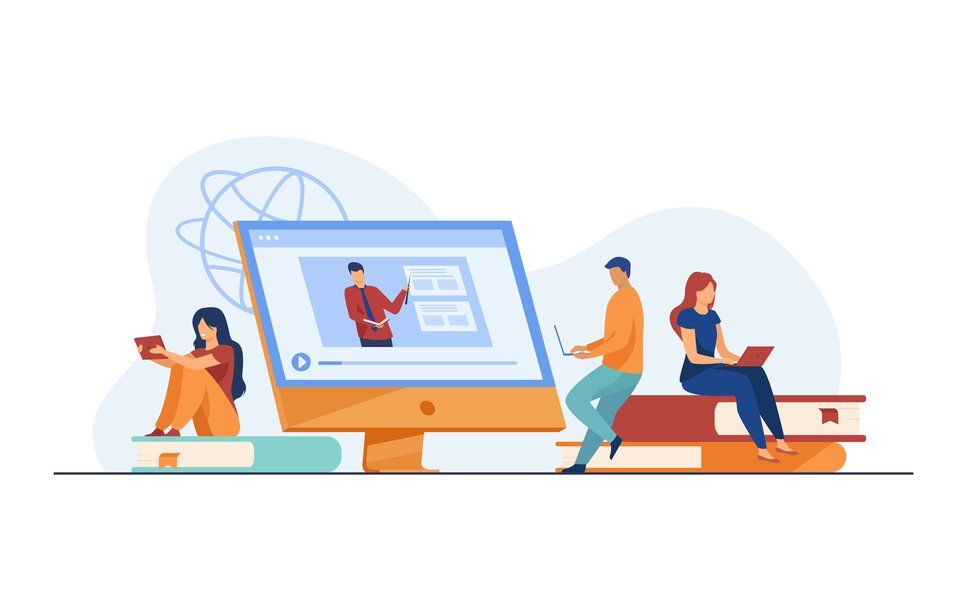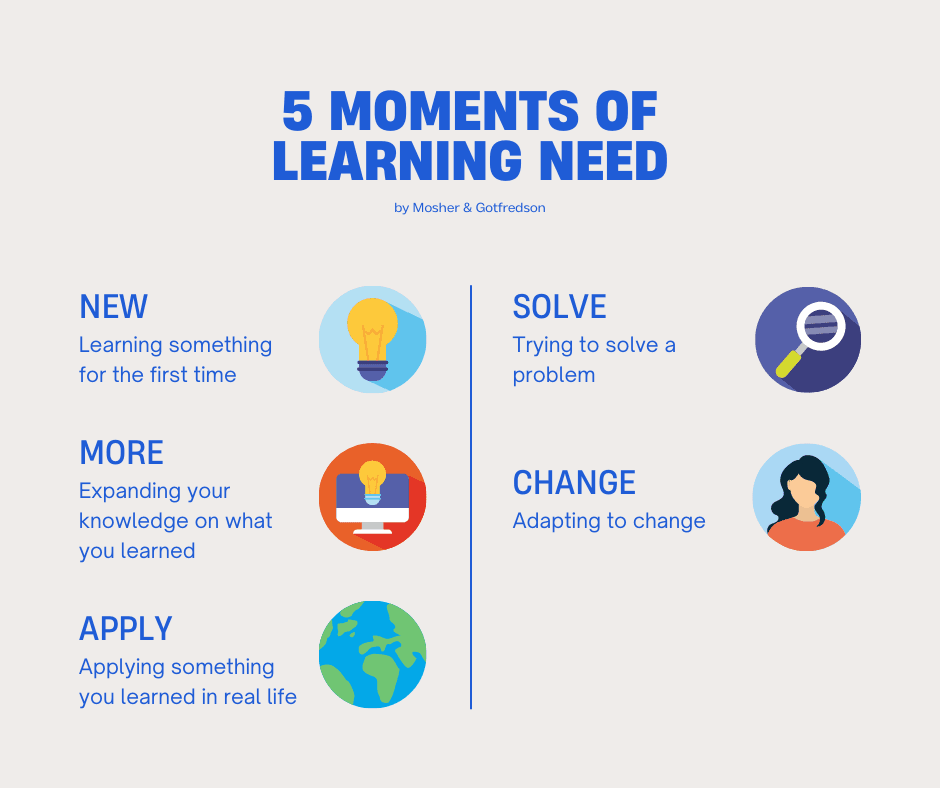Understanding Intentional Learning

Ever been to training and immediately been able to identify the different characters that are in class with you?
First you will come across the Learner who is there intentionally to learn something. You will notice their enthusiasm. The Tourist is there to look-see but not completely with any motivation. Finally, the Terrorist is the one who will try to either hijack the course with plenty of challenges or hide, disappear completely into their electronic devices.
So the question is, why do we have Tourists and Terrorists in class? The answer is that they were asked to be there or sometimes even forced to be there. If they do wind up learning something, it’s incidental. As you can imagine, the probability of effective learning in this scenario is very low. Any chance of recall and application of that learning will be even lower.
So really, what I’m interested in looking at these days is how to make learning more intentional and not so incidental.
I feel there are two solutions to this problem. First is by using technology to solve the problem.
 Learning with technology
Learning with technology
Source: pch.vector on Freepik.com
Discover: How to Use Technology to Upskill Your Workforce
Second is for organisations to be more intentional about designing learning. But before we get into the solutions, let me discuss the five moments of need. For us to know about intentional learning, we need to first understand when we need to learn.
The Five Moments of Need
There are five moments of need often explained through the Five Moments of Learning Need model. This model was introduced by two learning specialists named Mosher & Gottfredson and it talks about opportunities to support learners during their different types of need. Others have expanded it to become eight moments, but for our purposes, the five is sufficient to understand the thought process.

Infographic by Leaderonomics: 5 Moments of Learning Need
1. New
People have a need for learning when they are trying to do something for the first time. For example, if someone picks up basic Japanese because they intend to travel there.
2. More
This is when people expand the breadth and depth of what they have learnt. This is a like New but just with more content.
3. Apply
This naturally refers to when people are trying to act upon what they have learnt, by either remembering or figuring out how to apply it to the situation they are in. Say you learnt about carpentry from a book or video, and are now trying to build a table at home.
4. Solve
This is when you try solving things because there’s a problem. Let’s say you have a plumbing issue at your house and things are leaking, and you need to figure out how to solve it.
5. Change
This is really about the unlearning process – learning something that requires you to change skills or behaviour that’s deeply ingrained into you.
Although these define moments of need, what’s interesting is to understand how the needs differ, because that helps us understand how learning should be done differently.
Breaking It Down Further
In the New phase, obviously recall is important. But what is more important is the fact that it has to be engaging. If someone is trying to learn something completely new, they will quickly turn away from it as soon as it becomes hard or boring. So, we need to make sure that we teach in a way that’s super engaging and at a level that’s not too difficult.
Moving on to the second, which is More, you can start getting more into the recall and you can make it more technical. If you make the “New” phase too technical, then it’s not gonna be as effective. And for More, you can make it self-paced, because these are usually very interested learners already who want to go deeper.
For Apply, you want to make it very contextual. Show them exactly how to use it in the situation that they are in. This is where coaching and real-time feedback are useful.
For Solve, you want to make it bite-sized and relevant to solve that problem, but more importantly easily accessible. It should not be hard for them to find the information that they need. Imagine your house is getting flooded from a plumbing problem and I make you sit through a 1-hour video on Plumbing basics – it’s not going to help you, is it? Coaching is also useful here.
Change is the hardest to solve with learning interventions alone as you need to incorporate it with other solutions that work on mindsets. To move someone to action requires comparative experiences, momentum, small wins, and a lot of other aspects. The message is that there’s a lot to think about before we design training. I believe that’s where most of us fail.
We often come up with great content and believe that it’s suitable for all. But truly for great content to be absorbed by the learner and then successfully applied, we need to think through the many ways by which this content needs to be delivered at the time of learner need in the most appropriate form. Of course, this also means we must get better at identifying the time of need.
Learn more about intentional learning in Part 2.
Put intentional learning into practice with Necole. Necole is an Artificial Intelligence (AI) powered learning app that that curates personalised learning just for you.
To find out more about Necole, click here or email info@leaderonomics.com
Leadership
Tags: Motivation
Sashe is certain that his 18-year early career in IT was about leadership and not technology. He has spent the last 8 years redefining what that means as a HR consultant and learning leader with Leaderonomics.





